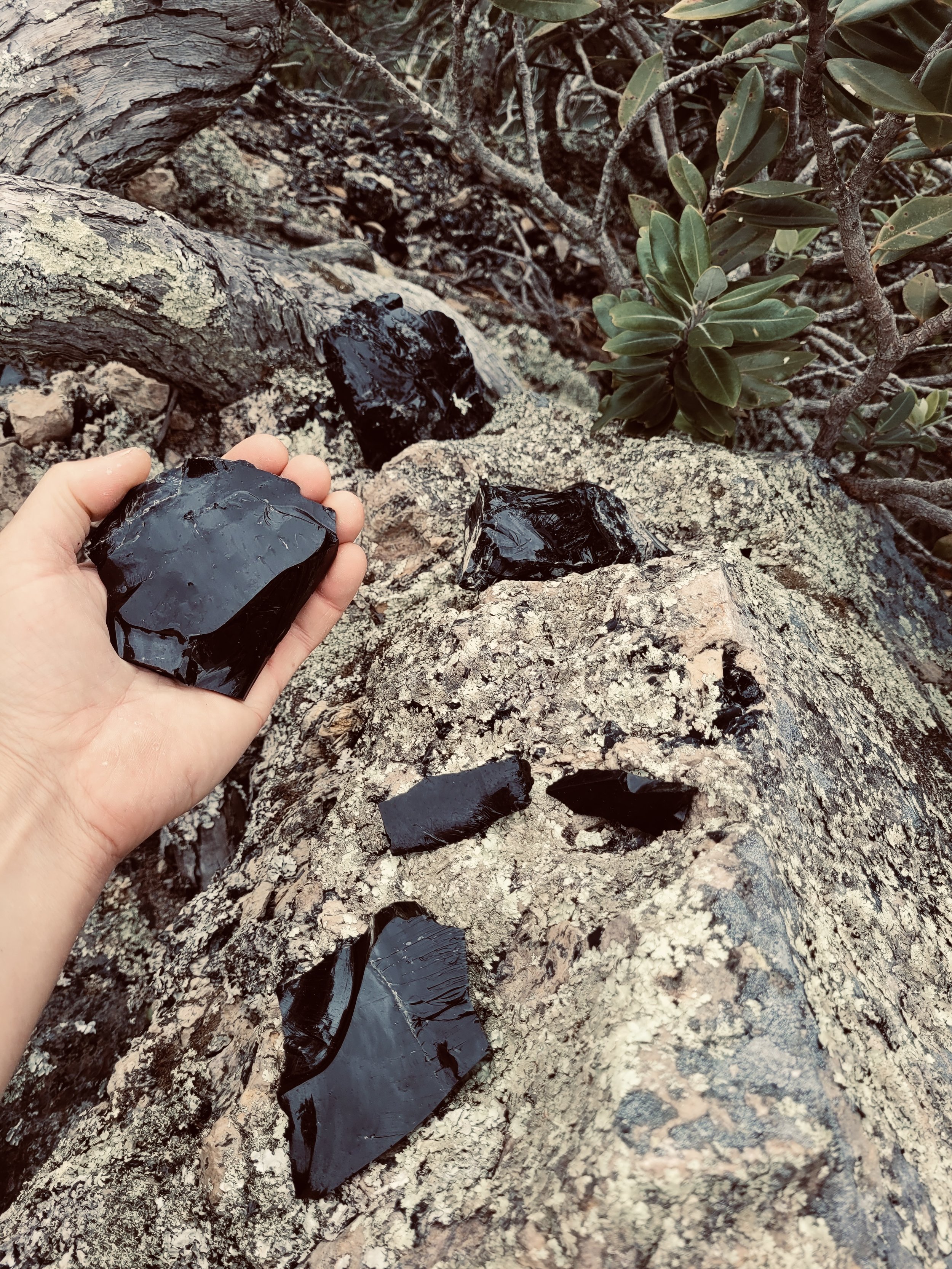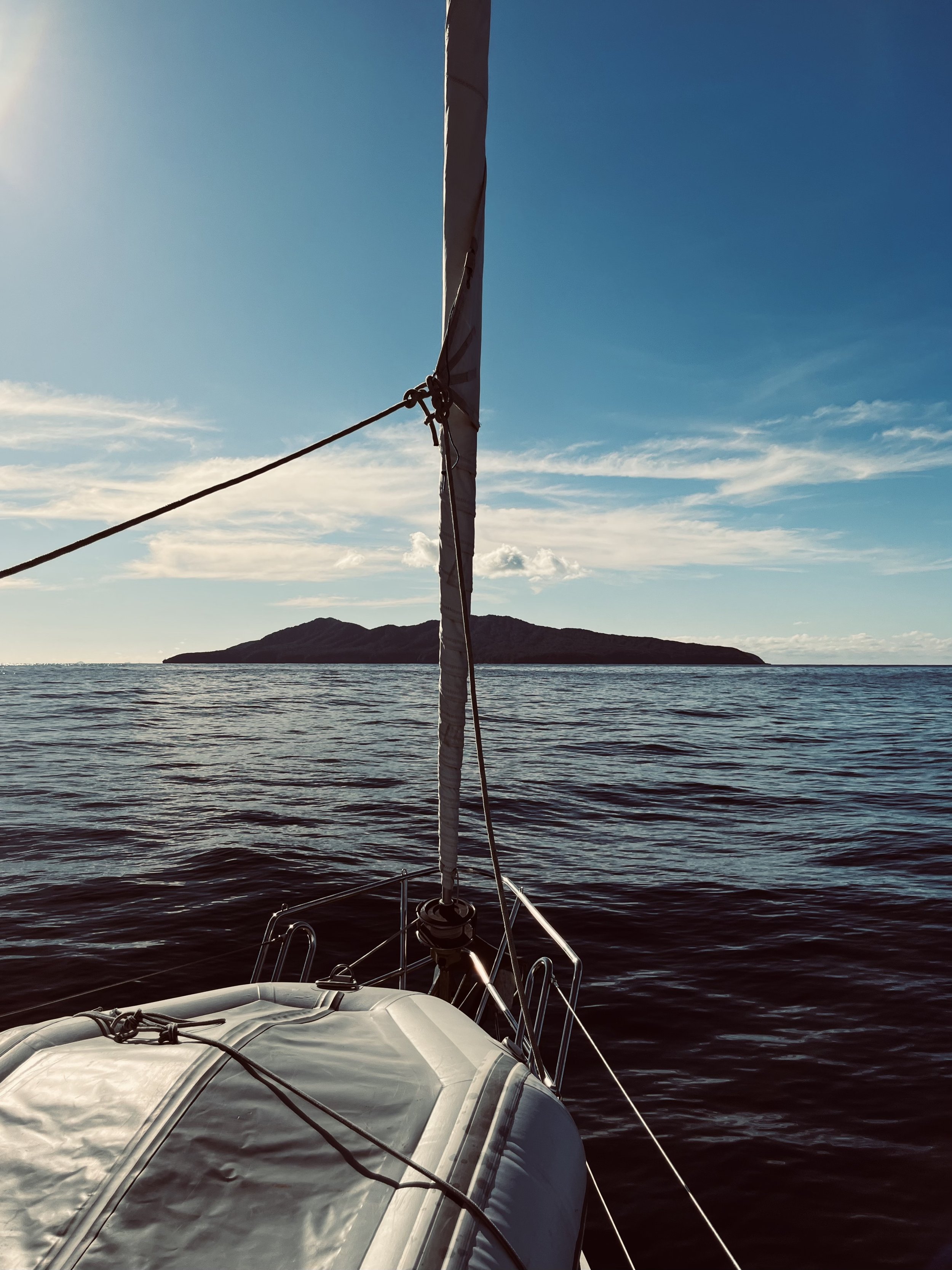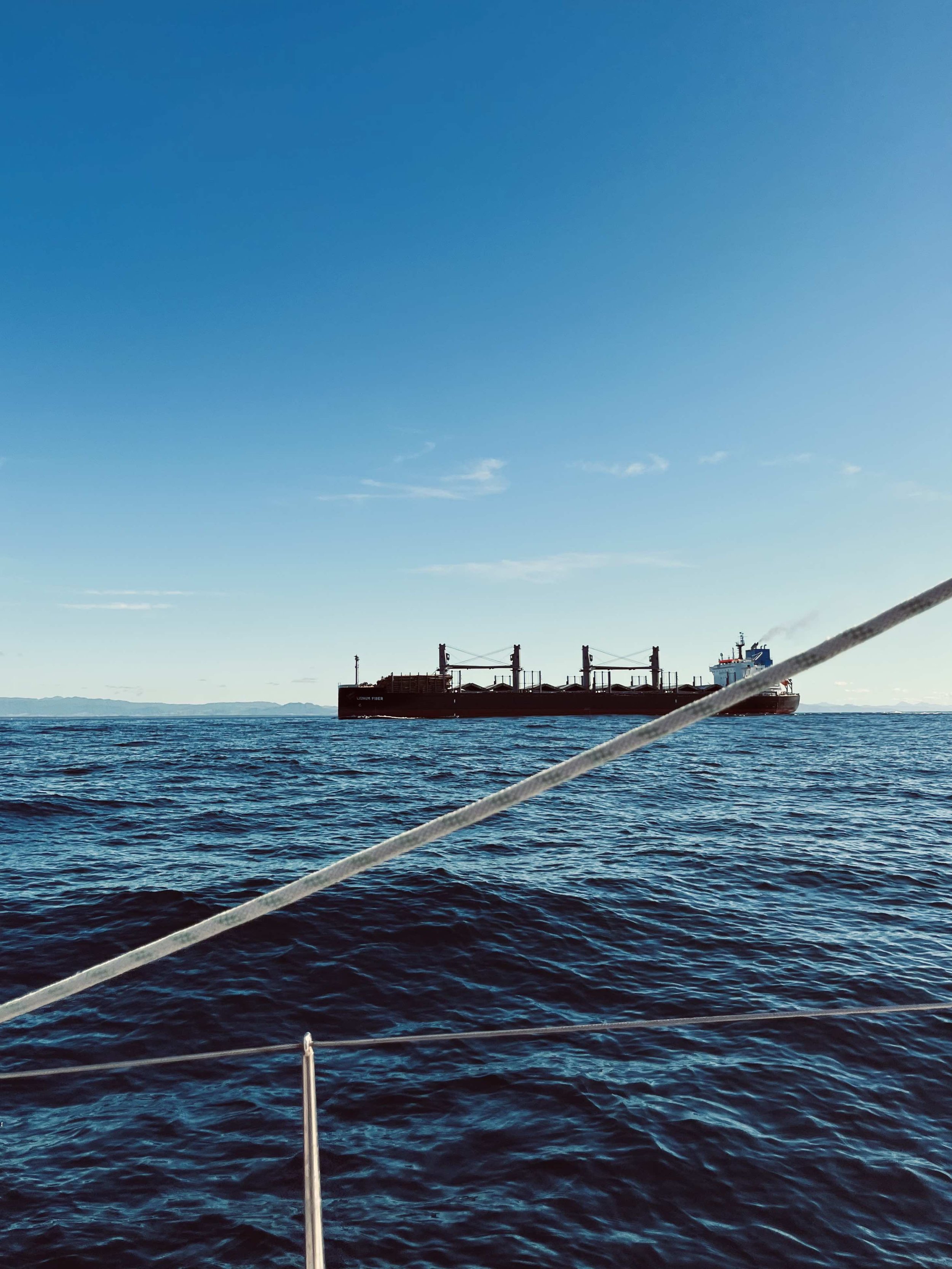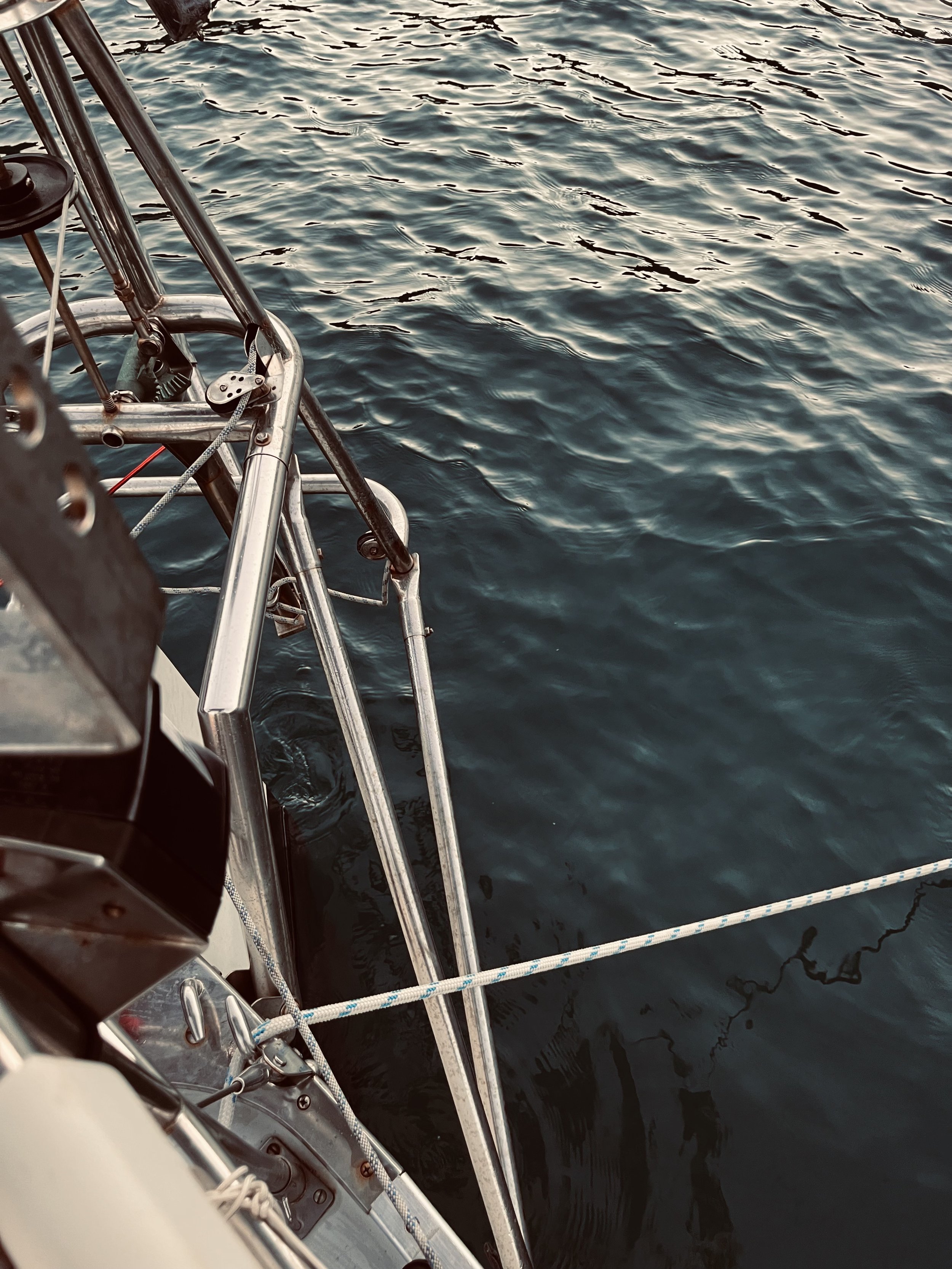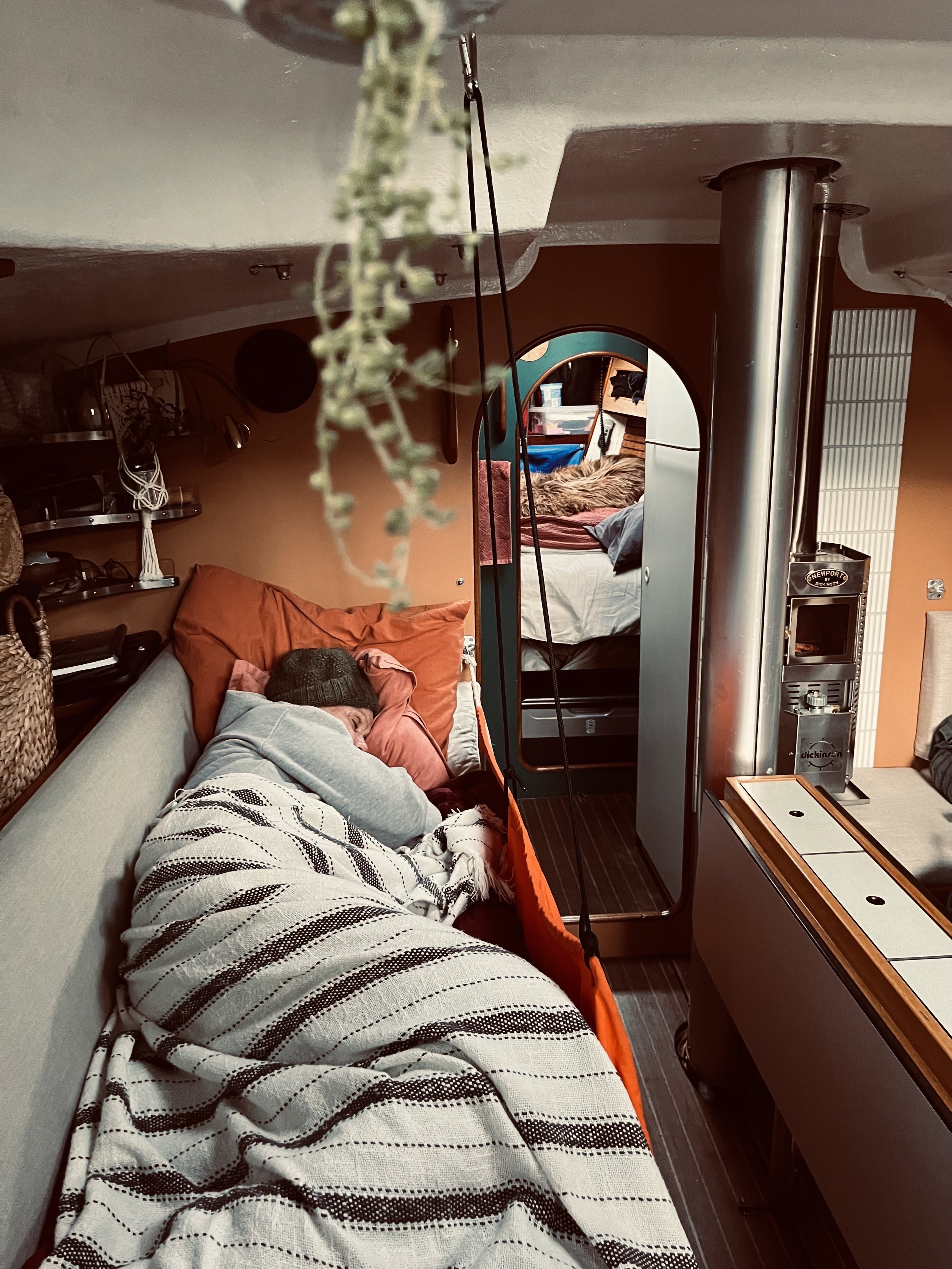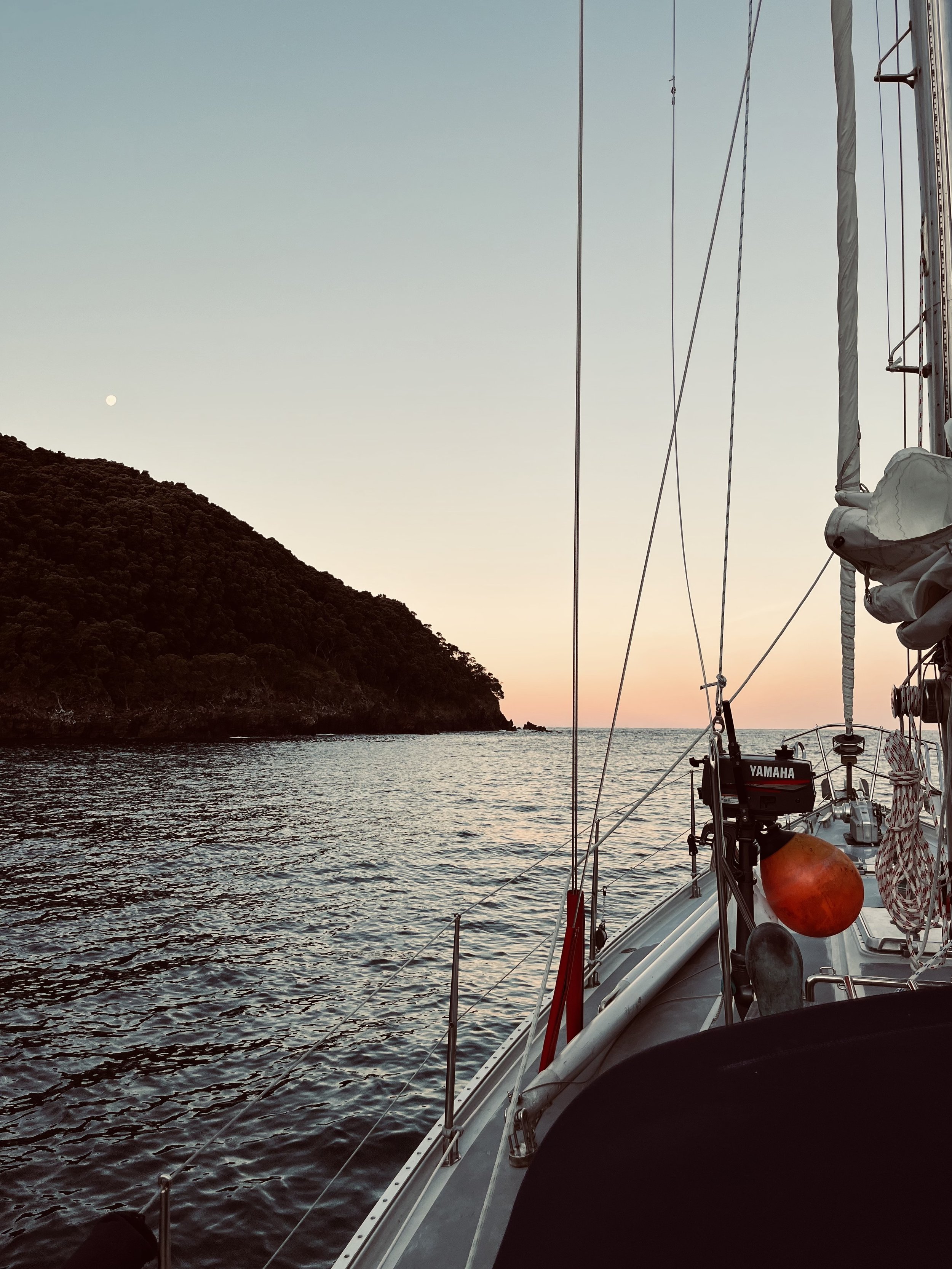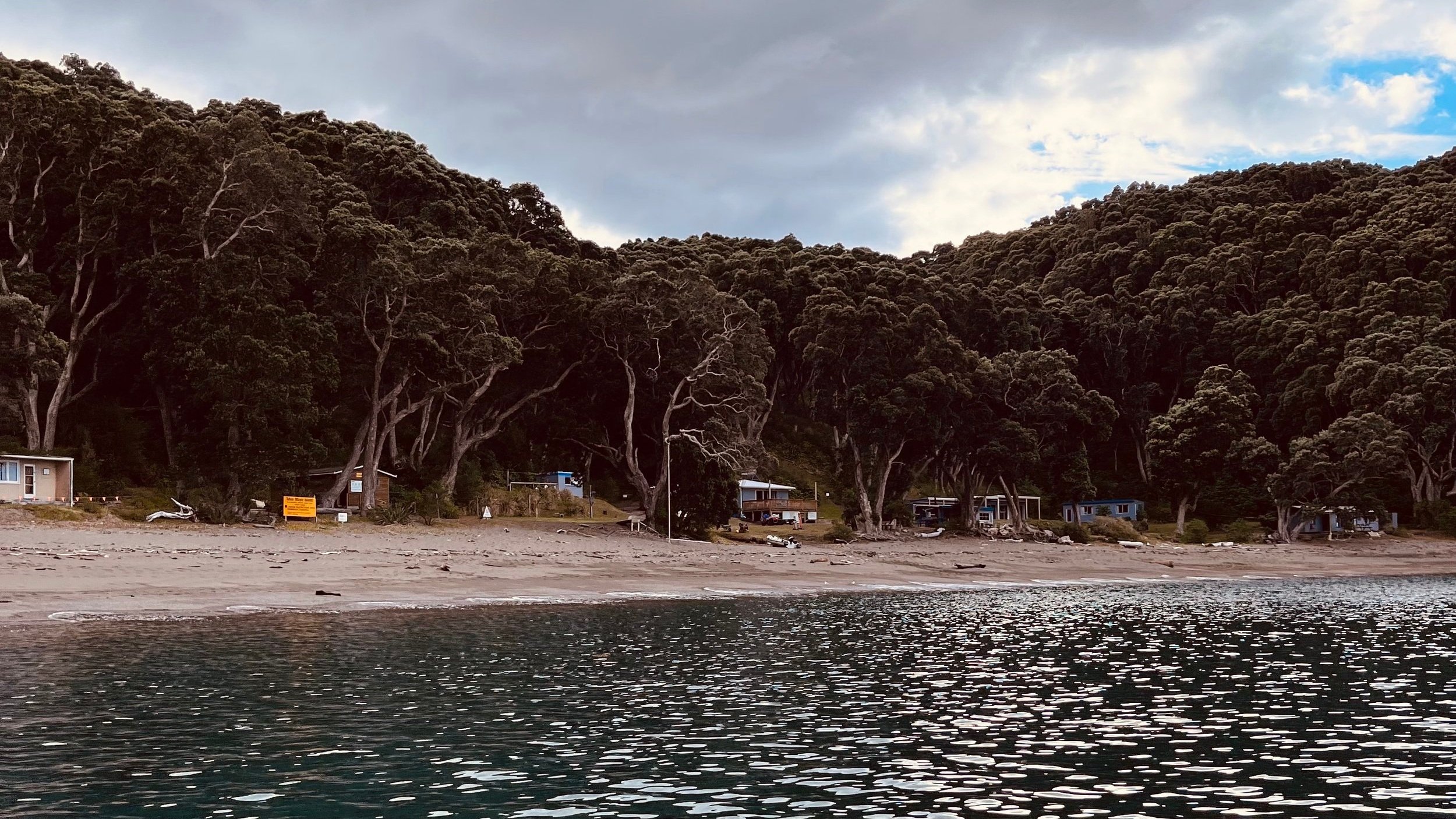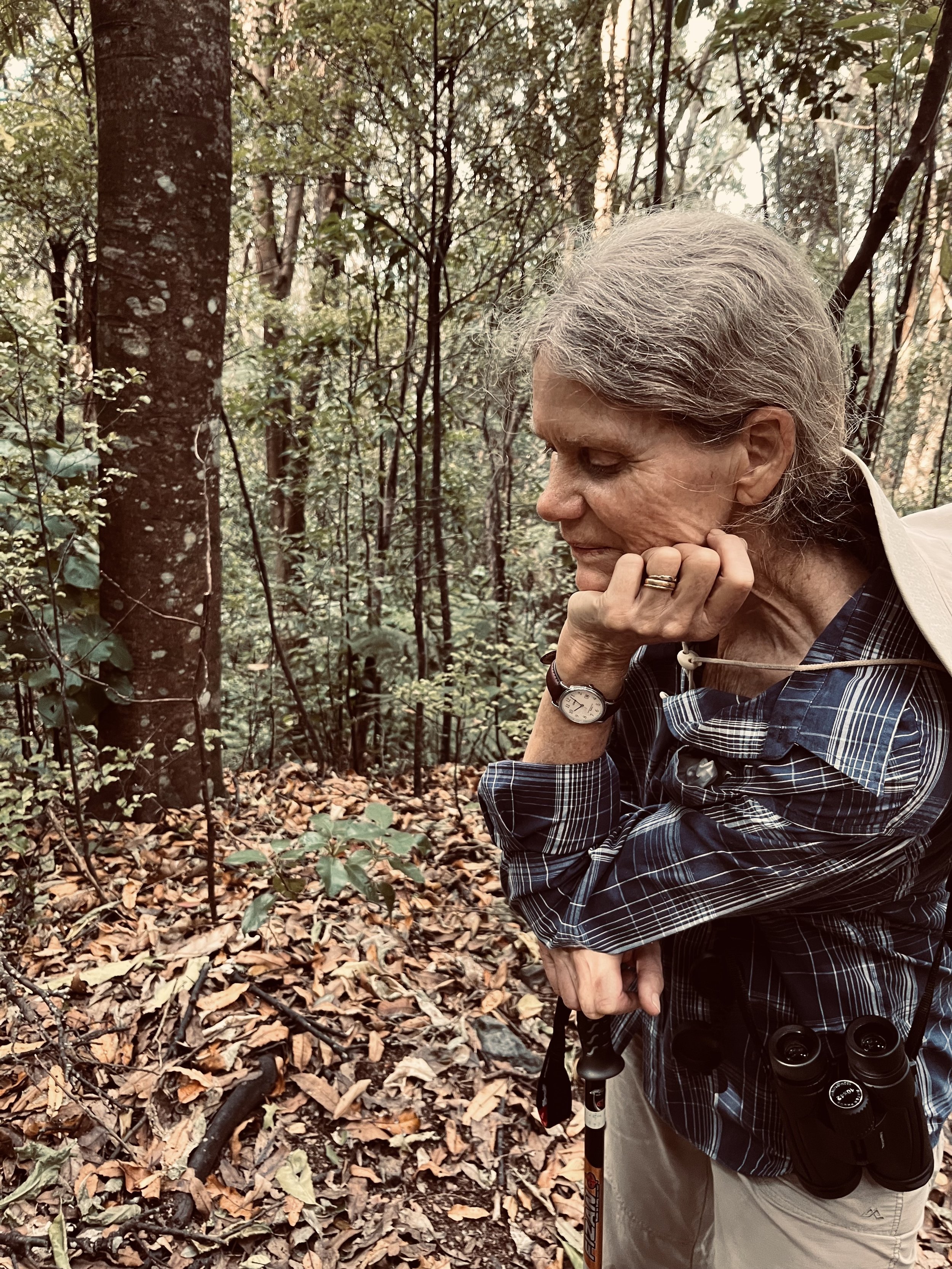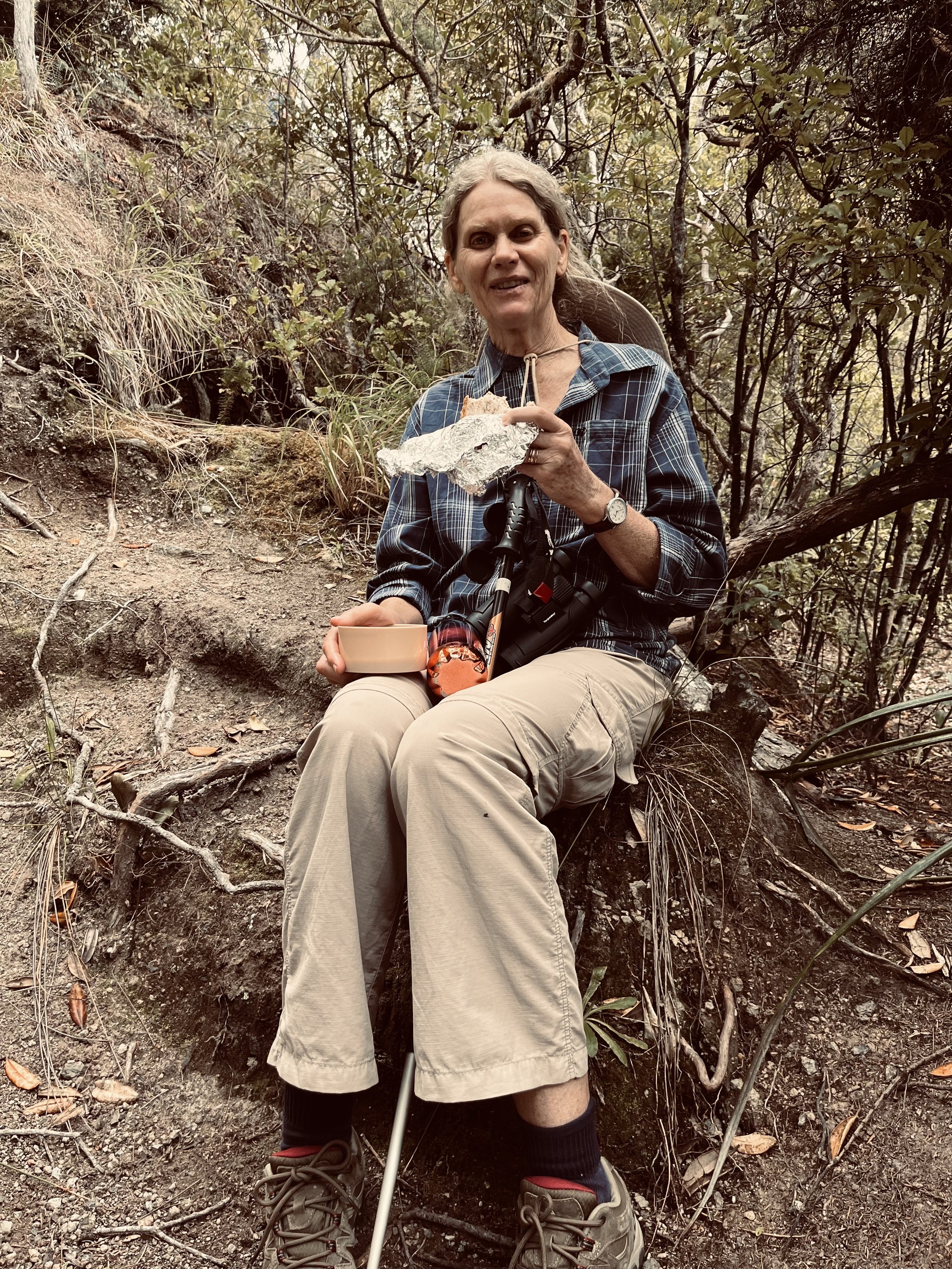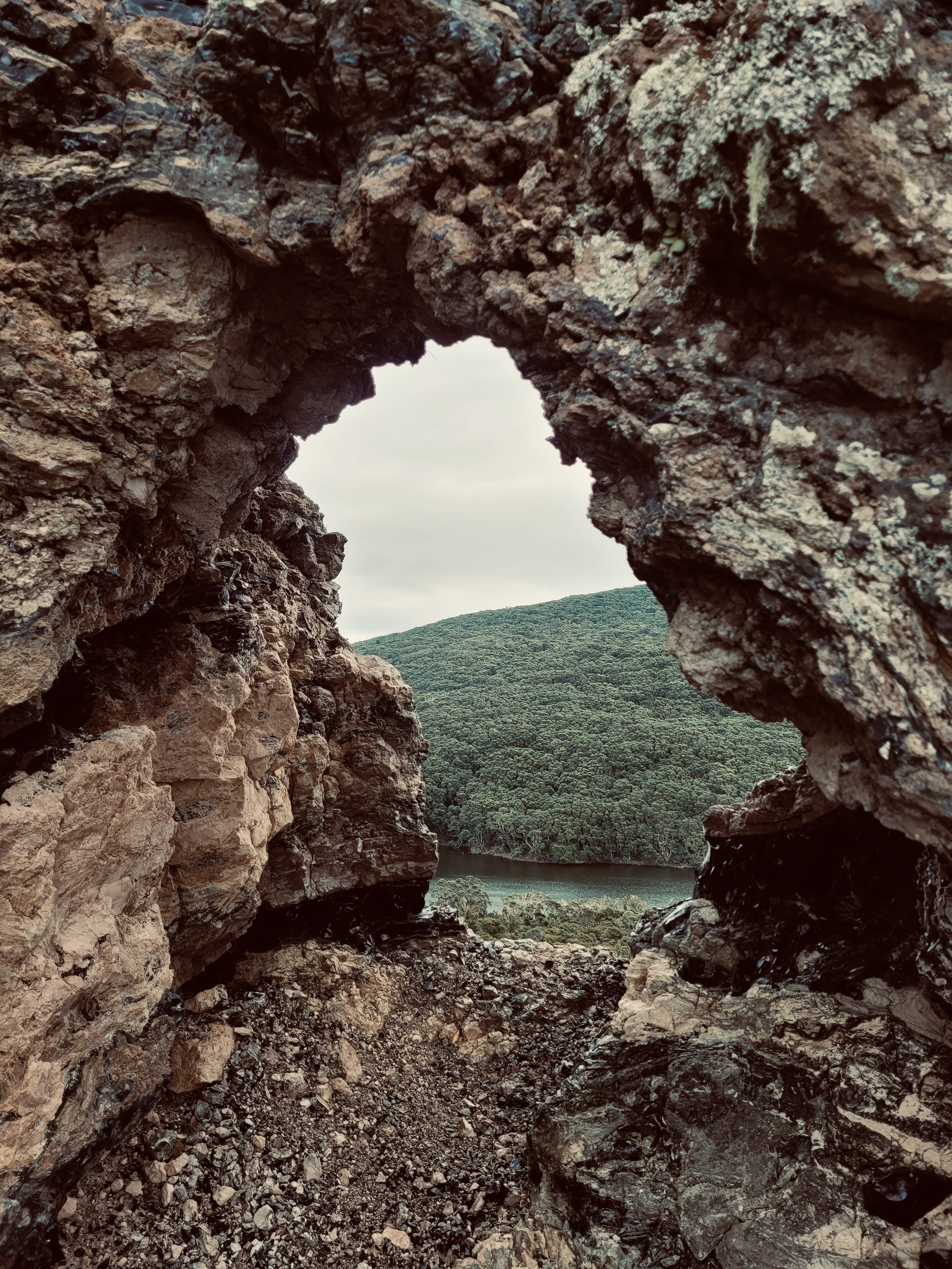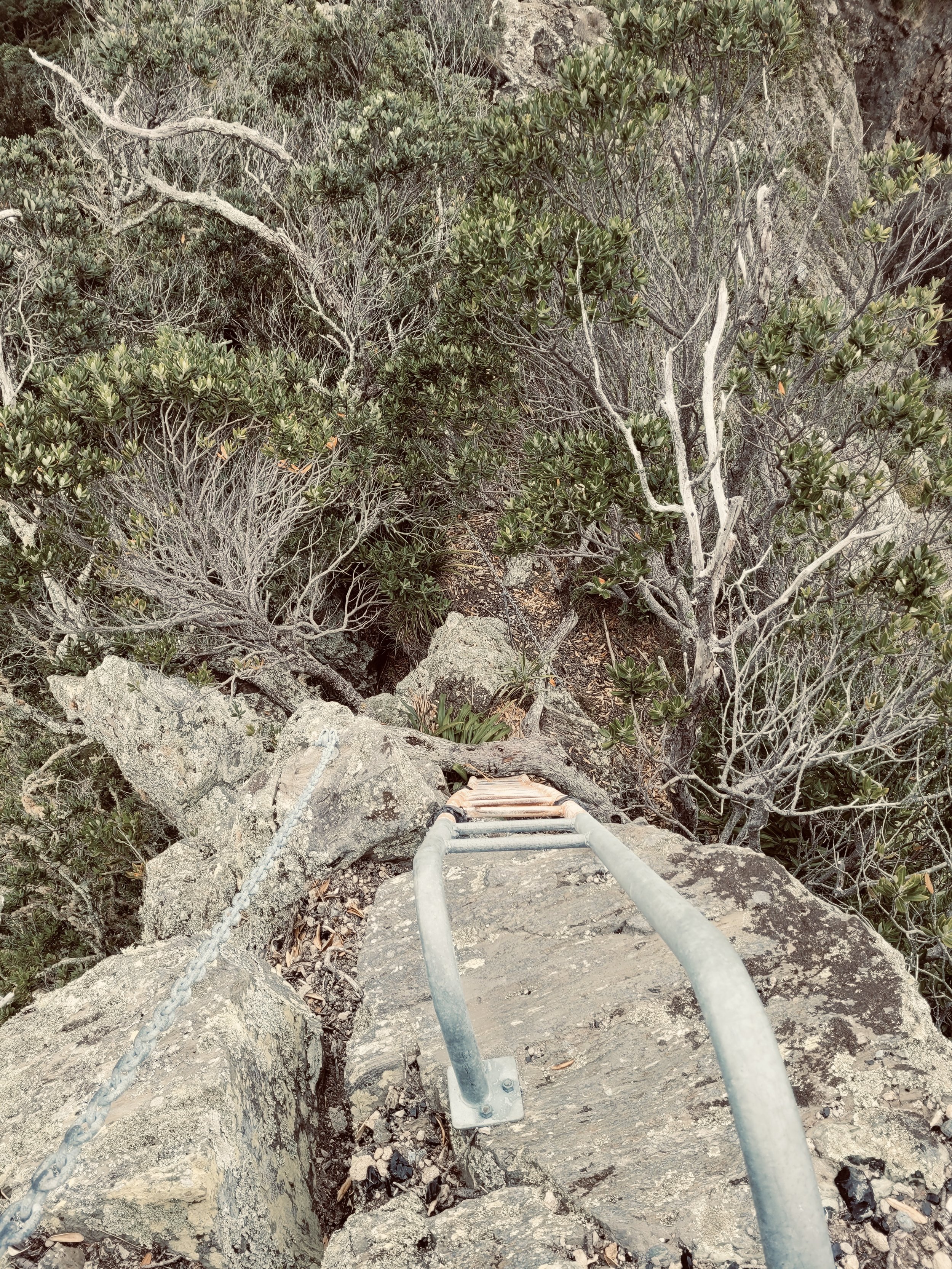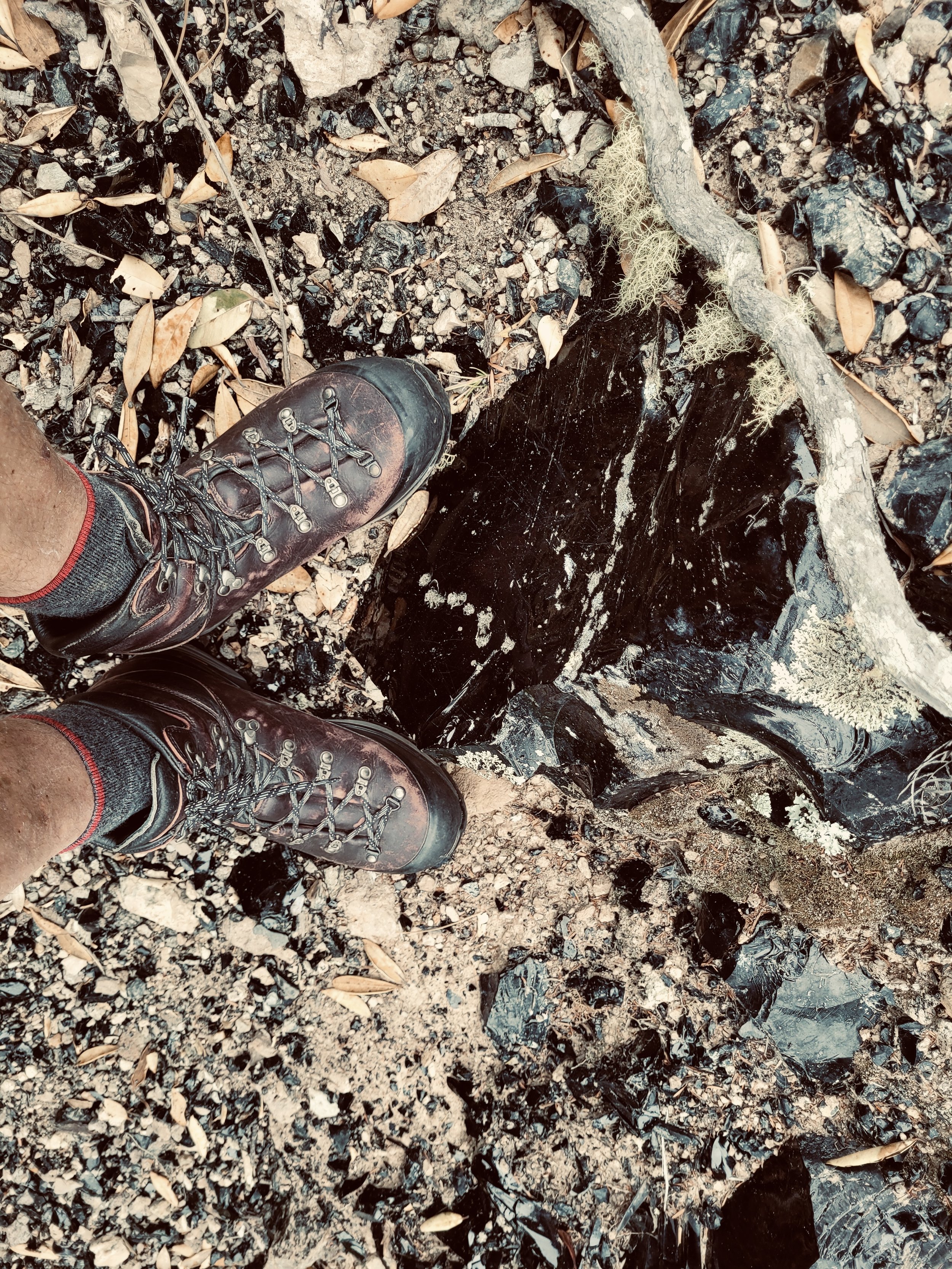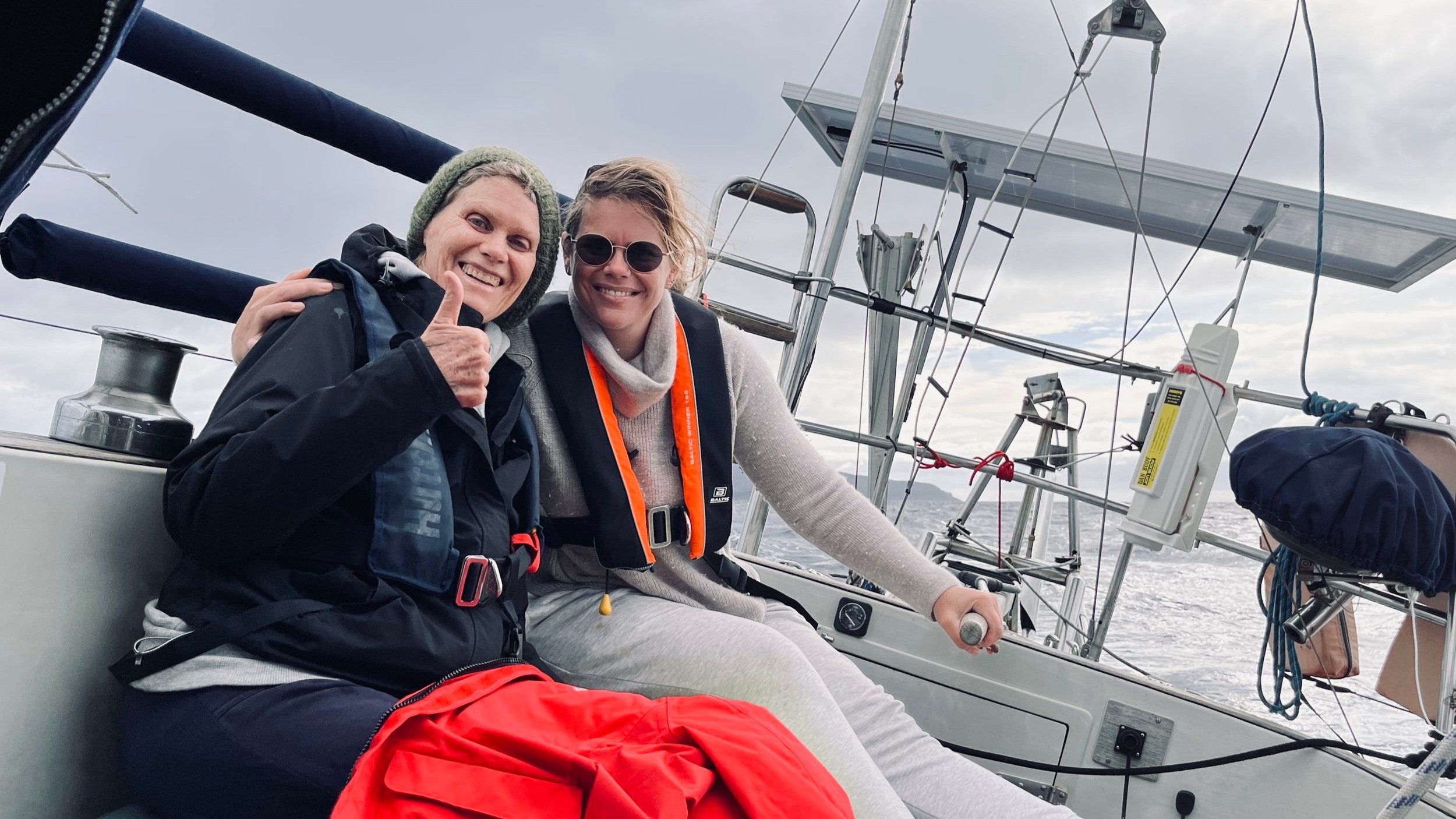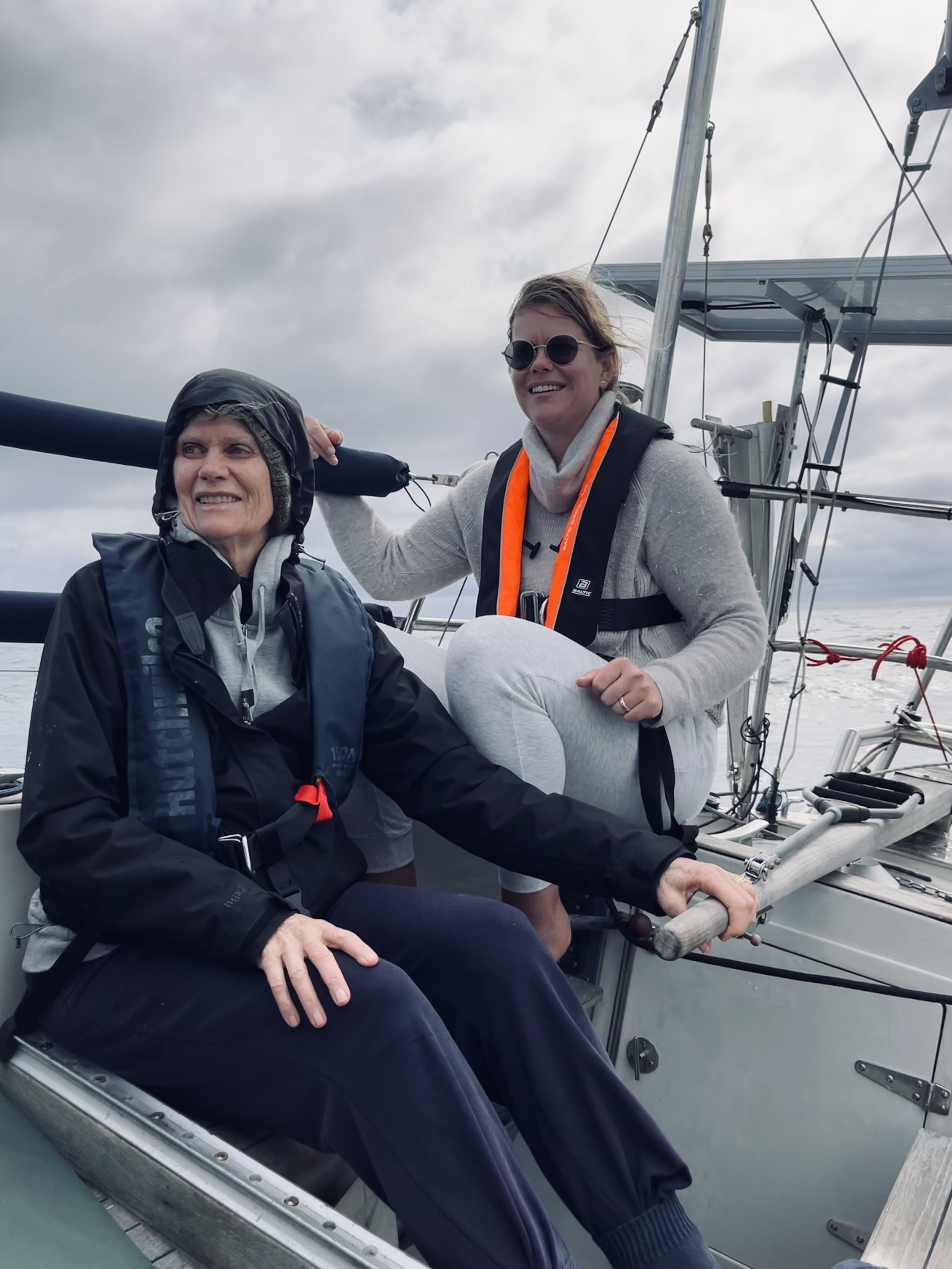Sailing to Tuhua — Island of Obsidian
Obsidian volcanic glass on Tuhua (Mayor) Island
Saltwater Journal is reader supported.
When you buy through our links we may earn an affiliate commission (at no extra cost to you)
Overview
Ask any kid who plays Minecraft about obsidian and you’ll get a rundown of its properties of resistance and strength, and use for constructing frames of nether portals and enchanting tables. Want to get them outdoors and experience obsidian for real? Take them to Tuhua.
This remarkable volcanic island off the Bay of Plenty coast is a must-visit for its unique landforms, crater lakes, island views, and striking glassy black obsidian rocks — Tuhua is the Māori name for obsidian. It’s also home to an abundant bird-life and big-game fish. Almost equidistant from Whangamatā and Tauranga it’s an easy 21 NM day sail and weekend trip. And pack your dive mask and wetsuit because part of Tuhua is a protected Marine Reserve so there’s some incredible marine life to see!
Key information
37.2862° S, 176.2514° E
Anchorage
Attractive anchorage in Opo Bay (South East Bay).
Relatively small bay with good holding on a sandy bottom.
Very clear waters.
Weather
The bay is prone to ocean swell but is protected in N to SW winds.
A stern anchor may be used to keep the bow into any swell entering the bay.
Access
$5 landing fee per person.
Landing allowed at Opo Bay only.
Access must be pre-arranged with the island kaitiaki/caretaker — see further details below.
Water & Stores
No public water supply
No food stores
Cell reception
No coverage in Home Bay
Hike
Multiple tracks
Devil’s Staircase featured
Distance: 11km
Grade: Moderate
Time: 4.25hrs return
Permission to go ashore
Tuhua is the ancestral home of Te Whānau A Tauwhao ki Tūhua who continue today as kaitiaki/guardians of the island and its resources. To go ashore, you’ll need to pre-arrange access, as landing isn’t allowed unless the caretaker/kaitiaki is available. You may be required to go through a short quarantine process where your bag and gear are checked, as the island is pest-free. No dogs are allowed ashore.
Contact: Vicky
Phone: 07 579 0580
Email: tuhuakaitiaki@gmail.com
There are also tent sites and basic onshore cabin accommodation which can be booked through the Department of Conservation.
Sailing NØRD to Tuhua Island
Our Journey
We chose a sunny Friday to set off from Mt Maunganui, with a forecast of variable 10knots from the East. There was a big lazy 2m swell coming through, and the majority of the trip was a motor-sail — but with my Mum onboard for her first trip on NØRD, it was a pleasant initiation to being out on the open ocean.
Tauranga has a very busy port and there were a number of huge cargo ships on anchor waiting to head in and the horizon looked very full all of a sudden. With our course from the Mount to Tuhua almost due north, it was a bit nerve wracking when two big ships started moving across our intended course…“Err hello big ship, I’m the little yacht down here!”
It’s the first time I’ve called up a 100+ tonne ship on VHF! Fortunately, with our AIS receiver showing the vessel details, I was able to make contact — we confirmed we’d go astern of one, and the second diverted behind us. These huge vessels felt much closer than any photo shows!
One of many cargo ships waiting for port clearance — Lignum Fibre
The Anchorage
As we neared Tuhua, we could see breaking waves either side of the bay, and the entry with the swell was a bit sporty! Unfortunately, although the easterly wind had died, the swell followed us in and we were disappointed to find the anchorage pretty unpleasant, as the current in the bay kept us side on to the swell. I felt a bit sorry for Mum — not the calm evening we’d envisioned onboard. She popped a Sea-Legs tablet, and we threw out the stern anchor for the first time. Bingo! Immediately, the yacht sat much better and we all felt much more relaxed. We were looking forward to going ashore and exploring the island the next morning.
Once the stern anchor was set our evening onboard was much more comfortable
Mum takes a cosy nap onboard after a big day on the sea
Sunset and rising moon over Opo (South East) Bay
View to shore — an eclectic group of accomodation buildings
Landing on Tuhua
There can be some larger breaking waves on the north side of the beach, so we picked the south end and pulled the dinghy up high above the tide mark. On shore we met Vicky — the island kaitiaki/caretaker — who gave a brief induction to Tuhua and strict instructions not to get lost, and then we set off. We decided on a mission to the Devil’s Staircase. This would take us along the top of the rim of the volcano and provide views over the caldera (a collapsed crater) and two small lakes — Aroaro-Tamahine (Green Lake) and Te Paritu (Black Lake).
Hiking boots or sturdy footwear are essential for exploring this volcanic island
A walk along the crater rim
The walk from our landing spot at Opo Bay is steep at first, then a consistent incline through forest of pohutukawa, towering puriri, kawakawa and rewarewa. There were pittosporum groves and some ferns, and although it wasn’t nearly as pretty as some walks in Aotearoa, Tuhua has its own special geological character. You can feel the wairua of the motu. While the island is currently dormant, volcanologists regard Tuhua as active and regularly monitor this. And trust me — it does cross your mind when you’re here as to when it last gave a good rumble (lava age estimate are 500-1000 years).
Jeff and Jen
We chose the Devil’s Staircase walk along the crater rim
Spot the orange triangle marker? That’ll keep you on the right path
Jen enjoys the birdsong
Peanut butter sammies and hot tea for lunch!
Tuhua is 4km in diameter and from the ridgeline there are glimpses of spectacular views across the island and out to sea. But the skinny ridge itself doesn’t fully reveal a panorama until the Devil’s Staircase. Until you reach there, it’s a long walk with not quite so much to look at. We suspected if you were after 360 degree views alone, then it would be better to do the much shorter walk to the Tutaretare lookout. With tired legs, our lunch spot was pretty unremarkable — hunkered out of the wind on a couple of stumpy steps. Next time, I think lunch with a view would be the more popular choice with the crew!
In our experience the timings on the signs were under-estimated, as our 11km return walk was just over 4hours. It’s definitely a walk for those feeling fit and well. Wherever you decide to explore though, there’s a high chance you’ll find yourself accompanied by piwakawaka (fantail) and robins, with the call of tūi and bellbird echoing around the gulleys. Spring is the best time to visit for birdsong — as they weren’t so vocal on this autumn trip.
An incredible island to visit — even on an overcast day the views are impressive
Inside the volcano — view overlooking Te Paritu (Black Lake)
Jen takes a closer look across the crater
Plenty of great views on Tuhua
The Devil’s Staircase
Fascinating geographical layers
Kids who play Minecraft know all about obsidian
Obsidian — a natural glass, formed by the rapid cooling of silica-rich volcanic lava
Obsidian every where you look
Shiny veins of obsidian run all through the island rocks. We find sharp shards of this dark volcanic glass – small pieces in the track, larger pieces in the crater. It’s easy to see why this matā tūhua was greatly prized by Māori for tools, ornaments and weapons. Even today, it’s forbidden to take obsidian from the island without special permission – those who’ve foolishly snuck pieces home with them have reportedly suffered much bad luck – and then tried to return these pieces! Later in the day, we used the dinghy to investigate the dark black rocks within Opo Bay which we now realised were obsidian too.
Jen leaves a thank you message
Ngā mihi nui e te Tūhua
NØRD in Opo (South East) Bay
Heading back to the boat
Obsidian within Opo Bay
The clearest water I’ve seen in New Zealand (so far)
We’d been pre-warned by a friend that the water was clear, and not to freak out about the depth as it looks like you’re about to run aground. And they were right! Laying the anchor in 4m of water was an absolute breeze — I could see everything below and even with so much water below the keel, I could still see the bottom. As someone who hasn’t yet been to the islands — this was magic. Unfortunately, the water was pretty chilly so we opted to let Jeff take the swim honours. I’d love to come back here in summer, or with a longer stay and head out to the north end of Tuhua where the marine reserve lies.
A quick smile before a chilly dip
Sitting in 4m of water — so clear, so blue
Homeward bound
With 20knots (gusting 27) northerly wind on the beam heading back to Mt Maunganui, the sail was a spicy one. This was a real adventure for Mum — and it was pretty fun to get her on the helm for a bit and experience the speed of the wind powering NØRD through the water. It was hard to keep the grins off our faces with the odd toe-rail dip and speedy trip.
Thumbs up for the sailing on NØRD
Our 6 Top Tips for walking Tuhua
Keep a sharp look out for the orange triangle track markers — in some places these were missing and the track isn’t well defined so you’ll need these to make sure you’re going the right way.
Take binoculars — there’s plenty to see and bird life and views are well improved with binos.
Leave your jandals at home — hiking boots or sturdy footwear are essential for exploring this rocky volcanic island.
Allow more time than you think you’ll need — there’s lots to see and it’s steeper than you might think!
Take your own drinking water — fresh water on Tuhua is limited.
Don’t be sneaky! Landing on Tuhua is a privilege — only go ashore if you’ve checked in with the kaitiaki so we can all continue to enjoy and share in this motu experience.
Overall
This was a great mini-adventure trip to take family on. It’s easily accessible by boat (check out the many charter options too) — and as one of the iconic islands on the seascape from Mt Maunganui — it’s pretty neat to have been out there! The volcanic geology of the island is worth going for alone, but the clear water and pretty bay make it an even more attractive spot to visit.

